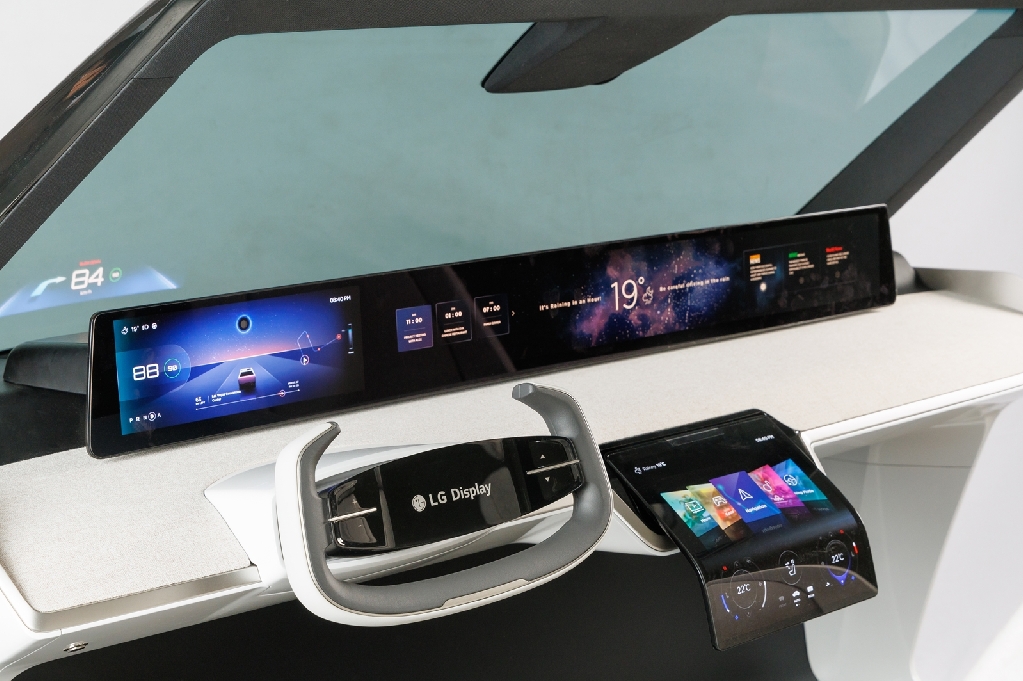By Alex Jensen
It has been clear for some time the COVID-19 pandemic has driven the acceleration of technology. Aside from businesses undergoing a digital transformation, it has been repeatedly documented that many households across the world have been upgrading their devices while being forced to spend more time at home – and we see ongoing evidence for this in the form of demand for premium TVs.
What is noteworthy is that the continued growth of OLED TVs has triggered a seismic shift in the premium TV market, forcing other display companies to introduce a variety of other technologies to try to keep up in the highest quality TV segment – such as 8K LCD, Mini LED, and QLED TVs.
Korean media recently reported on findings by market research firm Display Supply Chain Consultants (DSCC) that premium TV shipments were up 70% globally in the first quarter compared to last year. But OLED shipments in particular increased 91%, according to leading industry researcher Omdia, which cited “longer-lasting ‘stay-at-home’ demand” among the factors behind increased consumption in North America and Europe.
While LG Display is the dominant OLED TV display manufacturer, we see an interesting trend over the last few months when we look again at those DSCC findings cited in the Korean media. The market for premium TVs, defined here as panels with next-generation display technology such as OLED, has seen LG Electronics’ share rise since mid-2019 and accelerate from the second half of last year to reach 28% by Q1. Conversely, the same report showed Samsung’s share of the market to be on a downward slide for much of the same period, dropping 13 percentage points to 42%.

LG Display’s development of OLED technology is behind the current market change and is very much in motion. The company is moving forward with a diversified lineup, including panels of various sizes with characteristics from transparent to rollable OLED. And its 83-inch next-generation OLED panel with improved brightness caught the eye at Display Week 2021, promising to push the boundaries of the premium TV market further.
This bold progress is backed by confidence in OLED’s substance and particularly a backbone of three factors: image quality, eye health, and the environment. The first of these speaks for itself these days, as OLED’s self-emissive technology offers a supreme TV experience from any angle. Eye health has arguably become even more important since more people started watching screens at home – producing less blue light is one of several certified OLED advantages, along with its flicker-free quality. And with heightened global interest in protecting the environment, that has also given OLED TVs a boost.
Clearly, the proof of OLED’s premium TV leadership will be in its continued rise. At this point, the indicators are certainly supportive. For instance, Omdia recently updated its 2021 forecast for global OLED TV shipments from 5.8 million to 6.1 million units. And while LG Display dominates the production of OLED panels, the OLED TV market is becoming more diverse. 19 TV set manufacturers now make OLED TVs compared with the early days of 2013, when LG Electronics was the only company doing so. Inevitably, the acceleration of the market and the competition that comes with it will drive even more impressive OLED innovations.










